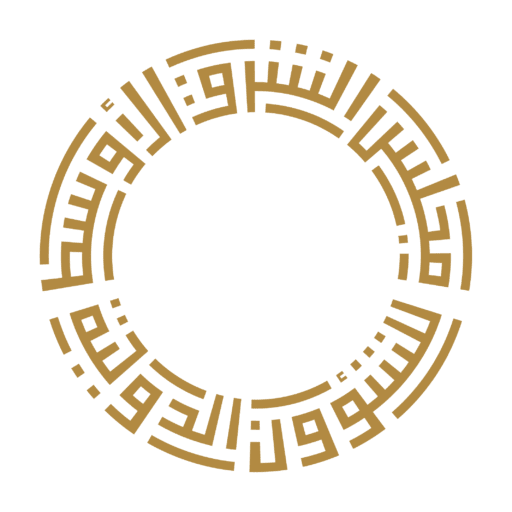Publications
search by
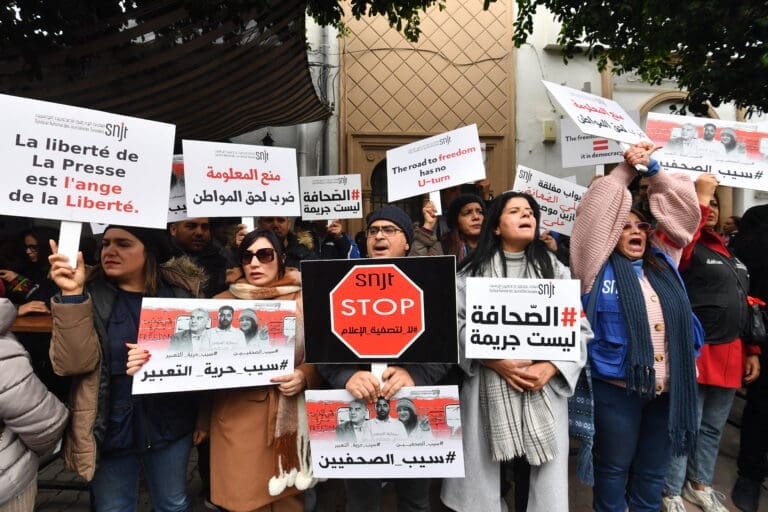
Saied’s suppression of dissent has had severe implications for Tunisian journalists and freedom of the press.
learn more
Gulf countries are striving to align their economic expansion, which is largely dependent on fossil fuel industries, with sustainable, low-carbon economy practices. Almost all Gulf countries have pledged to adhere to the emissions reduction objectives of the Paris Agreement and have made commitments towards carbon management. Fifteen years ago, climate mitigation efforts in the Gulf were either minimal or nonexistent.
learn more
In this atmosphere of heightened tensions, calls to revise the country’s nuclear doctrine have increased in Iran.
learn more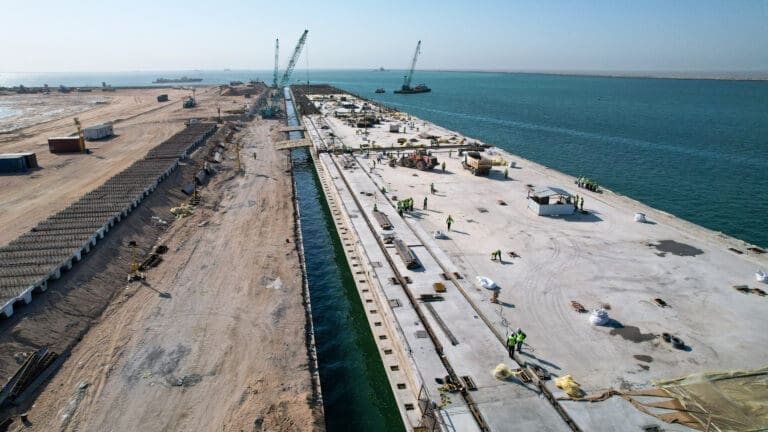
Iraq’s Development Road Project constitutes a bold and much-needed initiative for a country that has been plagued by decades of civil war, ethnic and religious conflict, and geopolitical tensions. The $17 billion Development Road Project (hereafter referred to as Development Road or the Project) aims to transform Iraq into a transport hub by connecting its southern hinterlands to the Turkish border in the north,1 and act as a major driver of economic prosperity in both Iraq and the wider region.
learn more
The Federal Government of Somalia (FGS) and its international partners have been fighting against Al-Shabaab for the last 17 years. Despite Mogadishu sharply escalating its efforts since 2022, it has failed to defeat the group. Al-Shabaab, for its part, seeks a total military victory against Somali authorities, but this too has failed.
learn more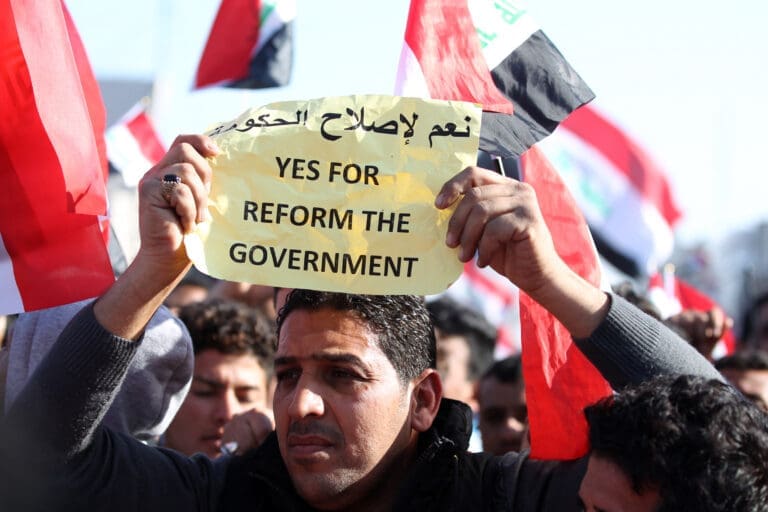
Concerns about corruption have frequently been at the forefront of political unrest throughout the MENA region.
learn more
2023 marked a decade since the establishment of China’s Belt and Road Initiative (BRI).
learn more
This issue brief analyzes the rationale behind Abiy’s renewed quest for a seaport in light of the struggle for control of the Red Sea, domestic factors, and the shifting geopolitics of the region, exploring how the standoff could be mitigated or resolved.
learn more
We present the climate policy uncertainty tracker (CPUT). Developed using news media analysis, this index serves as a barometer for measuring the uncertainty surrounding climate policies.
learn more
This issue brief examines the underlying challenges facing peacebuilding processes in the Middle East and the limitations of excluding non-state actors in these processes. This issue brief examines the underlying challenges facing peacebuilding processes in the Middle East and the limitations of excluding non-state actors in these processes.
learn more
A devastating flood hit the Libyan city of Derna on September 10 and 11, 2023. It resulted from the collapse of two dams after heavy rainfall pounded the eastern coastline of Libya due to Storm Daniel’s passage through the Mediterranean.
learn more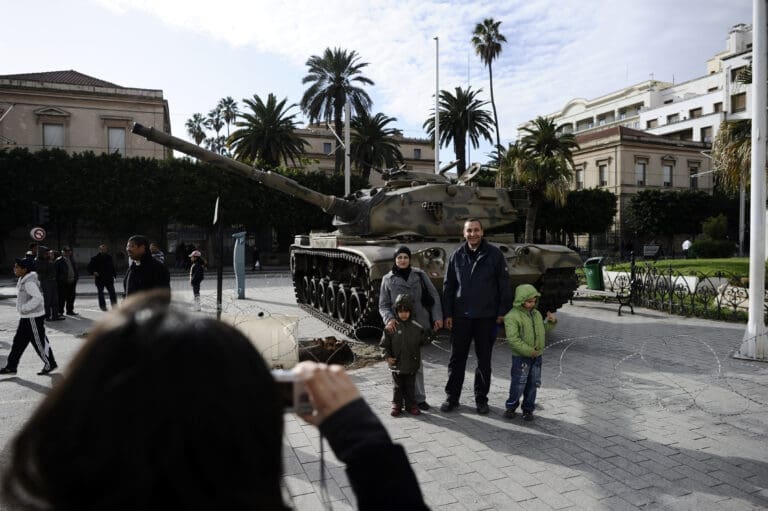
The institution of the military is experiencing a resurgence around the globe. Citizens are placing higher levels of trust in the armed forces—even in regions with a history of military interference or domination. In the Middle East and North Africa (MENA) region, where military elites hold a great deal of political and economic power, around 70% of surveyed citizens in 2021-2022 expressed significant trust in the armed forces. This surpasses the levels of trust accorded to elected officials, civil society, and the news media.
learn more